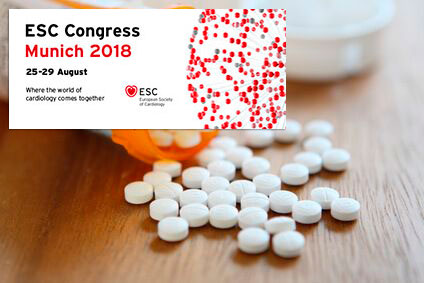For acute patients hospitalized for a clinical disease (e.g.: heart failure), indicating rivaroxaban for 6.5 weeks after discharge did not significantly reduce the risk of symptomatic venous thromboembolism.
 Efficacy primary end point rate was low, with 0.83% in patients treated with rivaroxaban vs 1.1% of patients receiving placebo.
Efficacy primary end point rate was low, with 0.83% in patients treated with rivaroxaban vs 1.1% of patients receiving placebo.
This work presented at ESC and simultaneously published at NEJM also showed a significantly lower rate of nonfatal thromboembolism and the composite of symptomatic thromboembolism + all-cause death in the rivaroxaban branch, although since the primary end point did not happen, this must be gathered as a hypothesis generator.
Rivaroxaban did not increase major bleeding (safety primary end point) but did increase minor clinically relevant bleeding risk and the risk of other bleedings.
Original title: Rivaroxaban for thromboprophylaxis after hospitalization for medical illness.
Reference: Presentado por Alex Spyropoulos en el ESC 2018 de Munich y publicado simultáneamente en N Engl J Med. 2018;Epub ahead of print.
Get the latest scientific articles on interventional cardiologySubscribe to our weekly newsletter
We are interested in your opinion. Please, leave your comments, thoughts, questions, etc., below. They will be most welcome.





